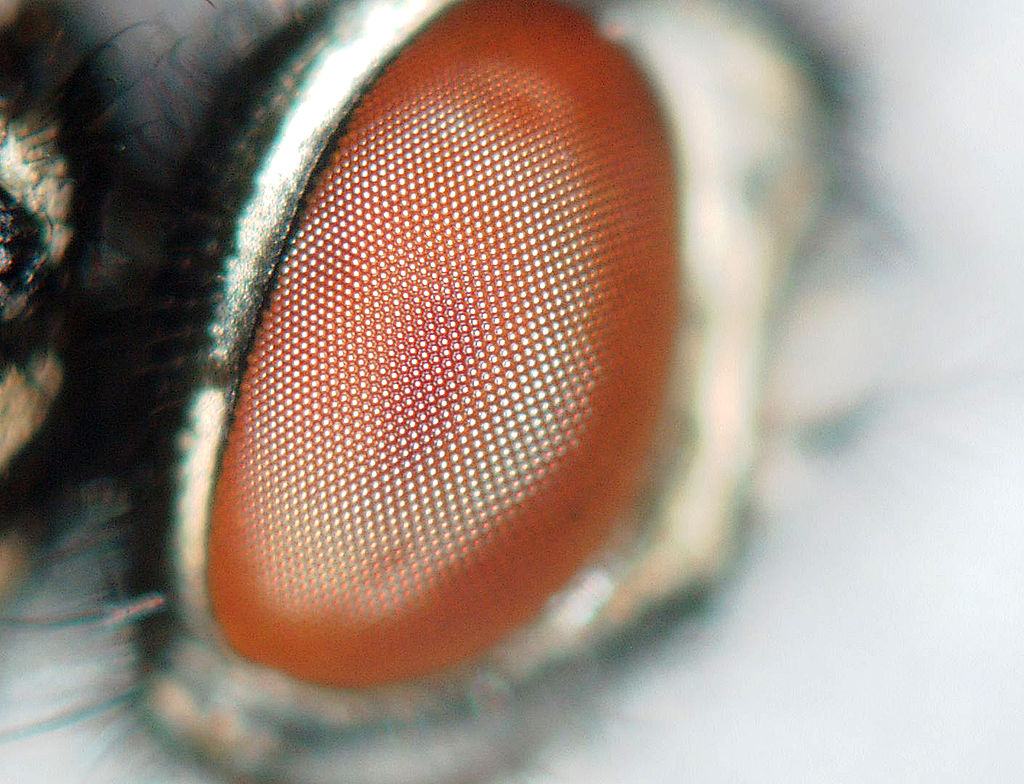Across the sprawling diversity of life on Earth, few biological adaptations stand out as dramatically as the compound eyes of insects. These intricate visual systems represent one of evolution’s most remarkable achievements—a fundamentally different approach to vision than our own single-lens eyes. While humans and other vertebrates rely on a camera-like visual system with a single lens focusing light onto a retina, insects have developed a fascinating alternative: compound eyes composed of thousands of individual units working in concert. This visual architecture has proven extraordinarily successful, enabling insects to thrive for over 400 million years and colonize virtually every habitat on the planet. The compound eye’s unique design offers capabilities that in many ways outperform our own vision, particularly in detecting motion and operating in diverse lighting conditions. This exploration into insect vision reveals not just an extraordinary biological innovation, but a masterclass in alternative engineering solutions that continues to inspire technological advancements today.
The Basic Structure of Compound Eyes

Compound eyes consist of numerous individual units called ommatidia, which function as independent visual receptors. Each ommatidium contains its own lens, crystalline cone, and photoreceptor cells, essentially operating as a miniature eye within the larger visual system. The number of ommatidia varies dramatically across insect species, from just a few dozen in some ants to over 30,000 in certain dragonfly species. This modular structure creates the distinctive “faceted” appearance that gives compound eyes their characteristic honeycomb-like surface. The arrangement allows insects to process multiple images simultaneously, with each ommatidium sampling a small portion of the visual field and contributing to a composite picture of the surroundings.
Apposition vs. Superposition: Two Evolutionary Approaches

Insects have evolved two primary types of compound eyes: apposition and superposition, each offering distinct advantages in different environments. Apposition eyes, found in diurnal insects like bees and dragonflies, feature ommatidia that function independently, with each unit creating its own image pixel. This design excels in bright conditions but sacrifices sensitivity for higher resolution. Superposition eyes, prevalent in nocturnal insects such as moths, allow light from multiple facets to combine at a single photoreceptor, dramatically increasing light sensitivity at the cost of some image clarity. This evolutionary divergence represents a fascinating adaptation to different ecological niches and activity patterns. These specialized designs demonstrate how evolution has fine-tuned insect vision to match specific environmental challenges and behavioral needs.
Unparalleled Motion Detection Capabilities

Perhaps the most extraordinary feature of compound eyes is their exceptional ability to detect motion, far surpassing human capabilities in this domain. This sensitivity stems from the rapid neural processing of information from thousands of ommatidia, allowing insects to perceive the slightest movements in their environment. Flies, for example, can detect and respond to motion in as little as 20 milliseconds—roughly five times faster than human visual processing. This remarkable speed explains why swatting a fly is so challenging; they literally see your hand coming in slow motion compared to their accelerated visual processing. For many insects, this motion detection ability represents the difference between survival and becoming prey, making it one of the most valuable aspects of compound vision.
The Trade-off Between Resolution and Field of View

Compound eyes offer an evolutionary compromise, trading high resolution for an expansive field of view that can sometimes approach 360 degrees. Unlike human eyes, which provide sharp central vision but more limited peripheral awareness, insect eyes distribute resolution more evenly across their entire visual field. The honeybee, for instance, can simultaneously monitor almost its entire surroundings, detecting movement from virtually any direction. This wide-field vision comes at a cost, however, as the overall image resolution is significantly lower than what vertebrate eyes achieve. Some highly visual predatory insects partially compensate for this limitation with specialized regions of higher ommatidial density, creating “acute zones” that function somewhat like our own fovea. This adaptive balance between resolution and field of view perfectly suits the ecological needs of most insects, prioritizing awareness of the entire environment over detailed central vision.
Specialized Color Vision Adaptations
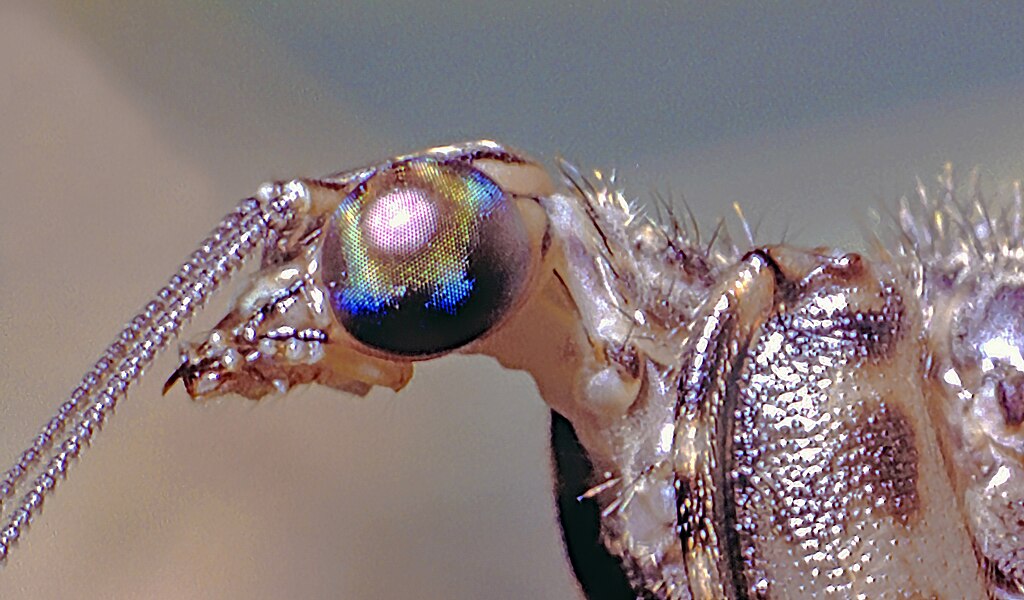
Many insects possess remarkable color vision capabilities that extend beyond the human visual spectrum, opening up a world invisible to our eyes. Bees and butterflies can perceive ultraviolet light, allowing them to see nectar guides on flowers that appear plain to humans but display striking patterns under UV light. These “nectar guides” serve as landing strips that direct pollinators to the reward of nectar and pollen. Some insects, including certain dragonflies and butterflies, possess tetrachromatic vision with four different photoreceptor types, compared to the three found in humans with normal color vision. This expanded color perception plays a crucial role in mate selection, food location, and navigation for many insect species. The specialized photoreceptors have evolved to detect the specific wavelengths most relevant to each species’ ecological niche.
Polarized Light Detection: A Sixth Sense

Many insects possess the remarkable ability to detect polarized light, a capability largely absent in humans that functions essentially as an additional sense. This adaptation allows bees, ants, and other insects to use the polarization pattern of skylight as a compass, maintaining orientation even on cloudy days when the sun isn’t directly visible. The specialized photoreceptors in the dorsal rim area of their eyes contain uniquely aligned microvilli that respond differently to various angles of polarized light. Desert ants of the genus Cataglyphis leverage this polarization sensitivity for extraordinary navigation feats, wandering far from their nests in seemingly random patterns while foraging, then taking a direct path home using skylight polarization patterns as guides. Some aquatic insects use polarization vision to identify water surfaces, as water reflects light with distinctive polarization properties that make it stand out from other reflective surfaces.
Extreme Light Adaptation Capabilities

Insect compound eyes demonstrate remarkable adaptation to varying light conditions, far exceeding what human eyes can accomplish. Through mechanisms like pigment migration within the ommatidia, insects can rapidly adjust their eyes’ sensitivity to function in environments ranging from bright daylight to near darkness. Nocturnal moths, for instance, possess superposition eyes with exceptionally sensitive light-gathering abilities that allow them to navigate and find food by moonlight or even starlight. Diurnal insects, conversely, can prevent oversaturation in bright conditions through pigment shields that isolate individual ommatidia. Some crepuscular insects, active during dawn and dusk, have evolved compound eyes that combine elements of both systems, allowing them to function effectively during these transitional lighting periods. This adaptability has enabled insects to colonize virtually every light environment on Earth.
Ocelli: Simple Eyes Working Alongside Compound Systems
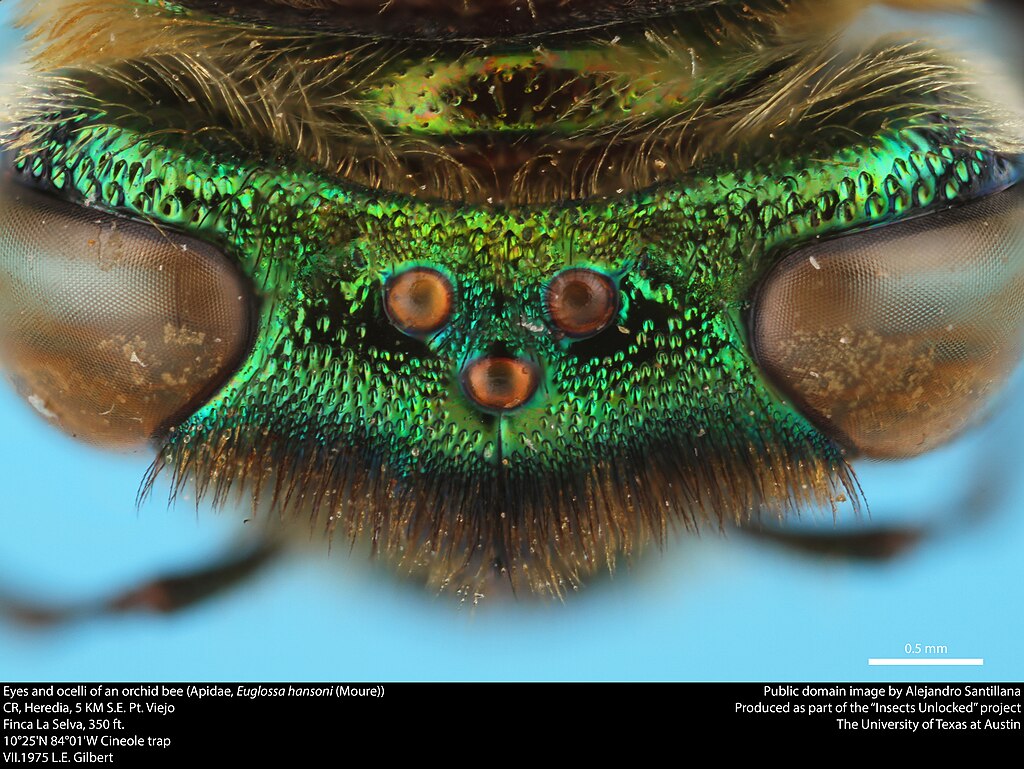
Many insects possess not only compound eyes but also simple eyes called ocelli, creating a sophisticated dual visual system. These simple eyes, typically three in number and arranged in a triangle on the insect’s head, don’t form images but instead detect changes in light intensity with extraordinary speed and sensitivity. Ocelli primarily serve as horizon detectors and light sensors that help insects maintain stability during flight and synchronize their circadian rhythms. In flying insects like dragonflies, ocelli provide crucial input to the insect’s flight stabilization system, detecting sudden changes in orientation relative to the horizon faster than the compound eyes can process this information. This integration of two fundamentally different visual systems demonstrates the evolutionary sophistication of insect sensory processing, where specialized components work in concert to enhance overall performance.
Pseudopupils: The Optical Illusion in Compound Eyes

One of the most visually striking features of compound eyes is the presence of pseudopupils—dark spots that appear to follow observers as they move around the insect. Unlike true pupils, which are physical apertures controlling light entry, pseudopupils are optical illusions created when you look directly at a compound eye. The dark spot appears because the ommatidia directly facing you absorb the light that enters them, while those at angles reflect more light back to your eyes. This creates the eerie impression that the insect is watching you with a dark, moving “pupil.” The position and number of pseudopupils can reveal information about the visual field and structure of an insect’s compound eyes. Researchers use pseudopupil patterns to study the visual adaptations of different insect species without invasive techniques.
Sexual Dimorphism in Insect Vision

Many insect species display remarkable differences in eye structure between males and females, reflecting their distinct ecological roles and reproductive strategies. Male honey bees (drones), for instance, possess dramatically enlarged eyes that nearly meet at the top of their head, an adaptation specialized for spotting queen bees during mating flights. In contrast, female worker bees have smaller, more widely separated eyes better suited for their foraging and hive maintenance activities. Certain fly species show even more extreme dimorphism, with males having a specialized “love spot”—a region of enlarged facets specifically evolved to detect and track potential mates in flight. This visual specialization demonstrates how sexual selection can drive dramatic adaptations in sensory systems, even within a single species. The differences highlight how compound eyes can be fine-tuned through evolution to serve specific behavioral and ecological functions.
Developmental Constraints and Evolutionary Innovations

The compound eye represents an ancient and highly successful visual system that first appeared over 500 million years ago, with fossilized trilobite eyes showing remarkably similar structures to modern arthropods. This evolutionary persistence speaks to the fundamental effectiveness of the design, but also reveals interesting developmental constraints. The compound eye architecture faces inherent physical limitations in scaling up resolution, as increasing the number of ommatidia requires either larger eyes or smaller individual units. These constraints have led to fascinating evolutionary innovations, such as the “acute zones” in predatory insects, where certain regions of the eye contain more densely packed ommatidia for enhanced resolution. Some dragonflies have evolved compound eyes with over 30,000 ommatidia, creating nearly wraparound vision that leaves only a tiny blind spot directly behind their heads. These adaptations represent evolution’s creative solutions to the physical and developmental limitations of compound vision.
Biomimetic Applications: Learning from Insect Vision
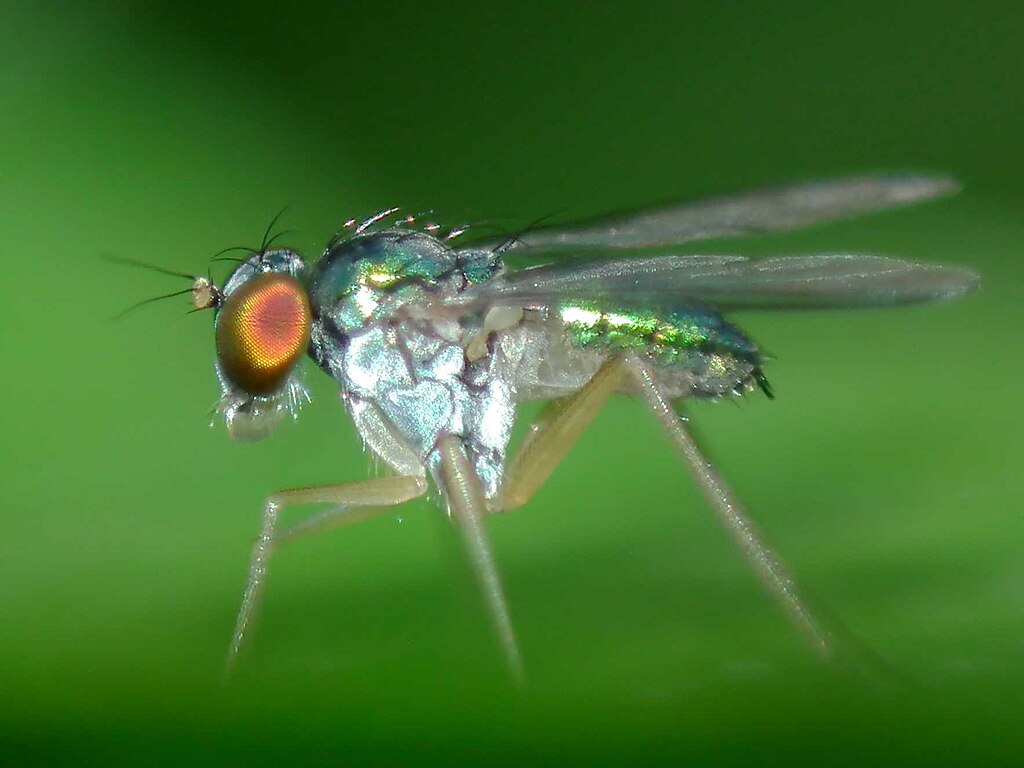
The extraordinary capabilities of compound eyes have inspired numerous technological innovations, with engineers increasingly looking to insect vision for solutions to complex visual challenges. Wide-angle cameras based on compound eye principles offer panoramic views without the distortion typically found in fish-eye lenses. Miniature compound-eye inspired sensors are being developed for applications ranging from autonomous vehicles to medical devices, providing low-power, efficient motion detection with minimal processing requirements. Military and security technologies have adopted insect-inspired visual systems for surveillance applications that require wide-field monitoring and excellent motion detection. These biomimetic designs demonstrate how understanding biological solutions can lead to technological breakthroughs, particularly in fields where traditional camera-type vision systems face limitations of size, power consumption, or processing speed.
The Future of Compound Eye Research
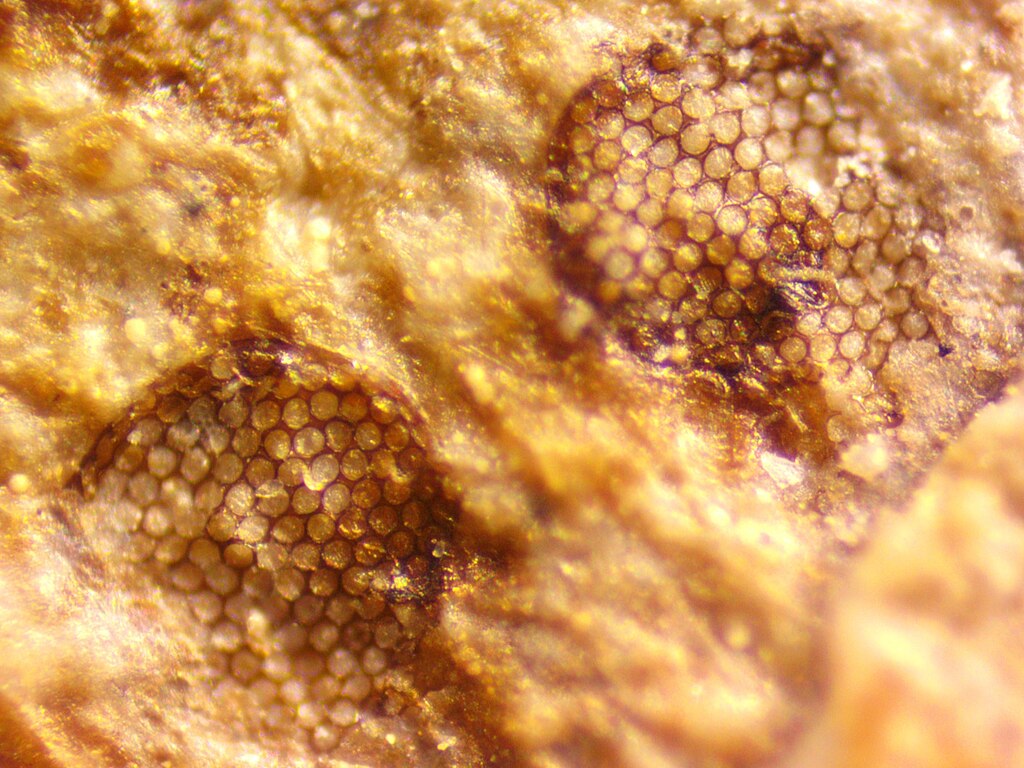
Research into compound eye biology continues to yield surprising discoveries that challenge our understanding of visual processing and adaptation. Recent studies have revealed that some insects possess visual capabilities previously thought impossible with compound eye architecture, including forms of depth perception and pattern recognition more sophisticated than earlier models suggested. Advances in neuroimaging and computational modeling are allowing scientists to better understand how insects process the massive parallel inputs from thousands of ommatidia to create functional visual perception. As climate change alters habitats worldwide, researchers are also studying how compound eyes adapt to changing light conditions and shifting ecological pressures. This ongoing research not only deepens our appreciation of these remarkable biological innovations but continues to inspire new technological applications that mimic their unique capabilities.
Conclusion

The compound eyes of insects represent one of nature’s most elegant solutions to the challenge of vision—a fundamentally different approach that has proven remarkably successful across hundreds of millions of years of evolution. Their architecture showcases the brilliant diversity of biological solutions, demonstrating that there are multiple paths to solving the same problem. While human eyes excel at providing high-resolution central vision, insect compound eyes offer unparalleled motion detection, vast visual fields, and specialized adaptations like polarized light perception that open sensory worlds beyond our experience. As we continue to study these remarkable structures, they not only deepen our understanding of biodiversity but also inspire innovative technologies that mimic their unique capabilities. In the compound eye, we find a testament to evolution’s creative power and a reminder that extraordinary perception can arise from fundamentally different designs than our own.

